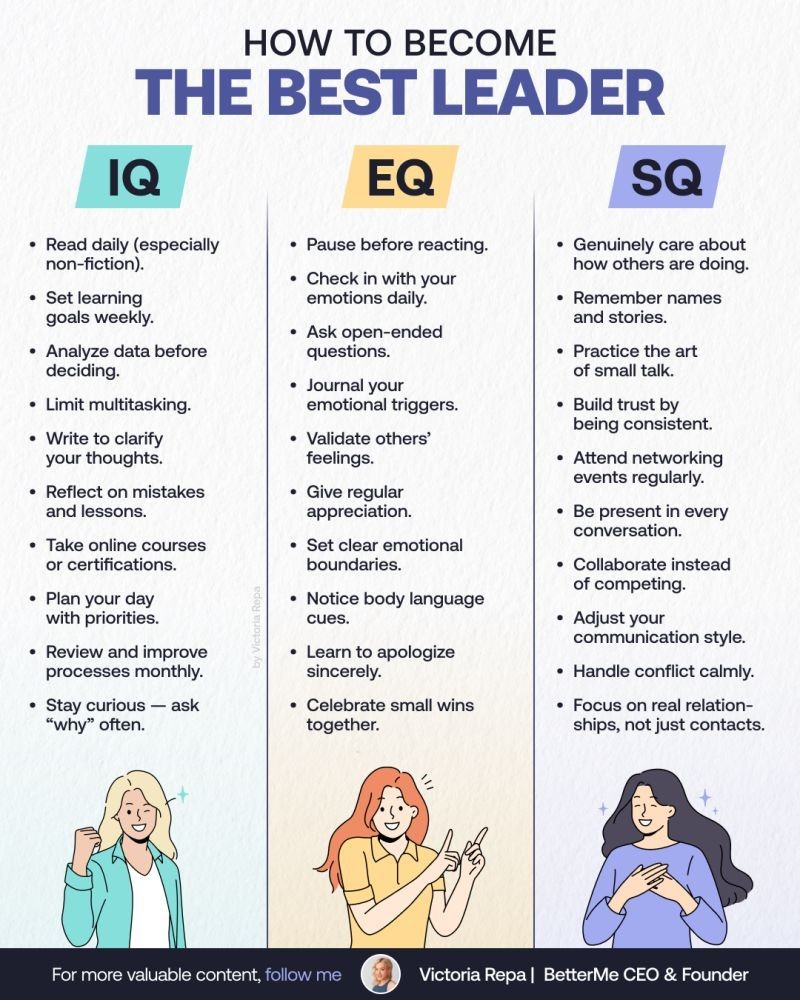Wrapping Up Chapter 12: Communication for Leadership and Influence
Congratulations—you’ve successfully explored the powerful tools and strategies that define influential, inspiring, and effective leaders. Great leadership isn’t just about making decisions; it’s about clearly communicating a vision, motivating teams, and influencing others through thoughtful, intentional communication.
Let’s quickly recap the key lessons you’ve mastered in Chapter 12:
- Cultivate Executive Presence and Articulate a Compelling Vision
Executive presence is your ability to project confidence, credibility, and clarity, inspiring trust and respect. By clearly articulating your vision, speaking confidently, listening actively, and remaining authentic, you set the stage for effective leadership and influence.
- Use Storytelling to Lead, Inspire, and Align Others
Stories make ideas memorable, compelling, and emotionally resonant. By clearly defining your purpose, structuring stories effectively, making them personal and relatable, and highlighting key lessons, you engage and inspire your audience to action.
- Apply Persuasive Strategies Using Ethos, Pathos, and Logos
Influence and persuasion rely on credibility (ethos), emotional connection (pathos), and logical clarity (logos). Combining these strategies ensures your messages resonate deeply, convincing others effectively and authentically.
- Encourage Engagement and Accountability Through Communication
Effective communication creates engaged, accountable teams. Clearly articulate shared goals, set explicit expectations, regularly provide constructive feedback, foster open dialogue, celebrate achievements, and model personal accountability to boost engagement and responsibility.
- Study the Habits of Highly Influential Communicators
Influential communicators consistently practice habits like active listening, clear and simple communication, authenticity, empathy, confidence, storytelling, and continuous improvement. Adopting these habits quickly enhances your credibility, influence, and leadership effectiveness.
Why These Skills Matter
Leadership and influence depend fundamentally on effective communication. Mastering these key strategies and habits significantly boosts your leadership impact, allowing you to inspire, motivate, and align teams toward shared goals with clarity and confidence.
🔍Reflection Point
This leadership model highlights the importance of balancing intellect, emotional intelligence, and adaptability. Which of these do you feel strongest in? Which needs development?
It supports the idea that modern leadership requires more than just technical skill—it demands emotional intelligence and adaptability, both of which are communication-driven.
How do IQ, EQ, and AQ show up in your communication style? Share an example of when one of these helped—or hindered—your leadership.

Quick Reference Checklist for Leadership Communication Success:
Before your next leadership communication, quickly confirm:
- Executive Presence: Projecting confidence, clarity, and authenticity.
- Storytelling: Crafting structured, relatable stories to inspire and motivate.
- Persuasion (Ethos, Pathos, Logos): Using credibility, emotion, and logic effectively.
- Engagement and Accountability: Communicating goals, expectations, and feedback.
- Influential Habits: Actively listening, demonstrating empathy, communicating clearly, and continuously improving.
What’s Next?
You’ve now mastered powerful leadership communication skills to significantly enhance your influence, credibility, and effectiveness. Continue practicing these strategies consistently, and watch your leadership impact grow.
Ready to continue refining your communication skills even further? Fantastic—let’s keep moving forward!
